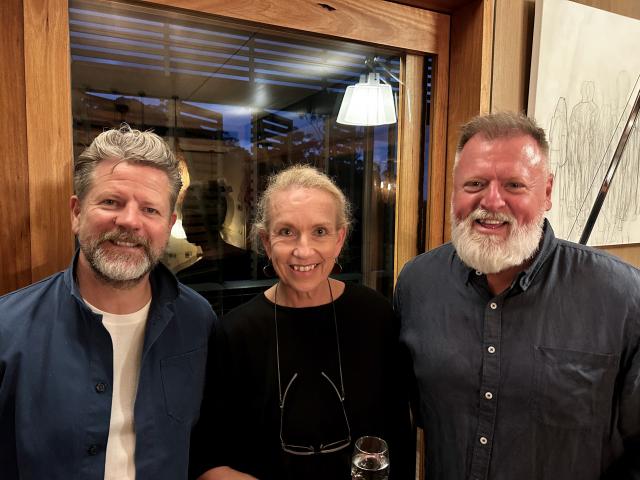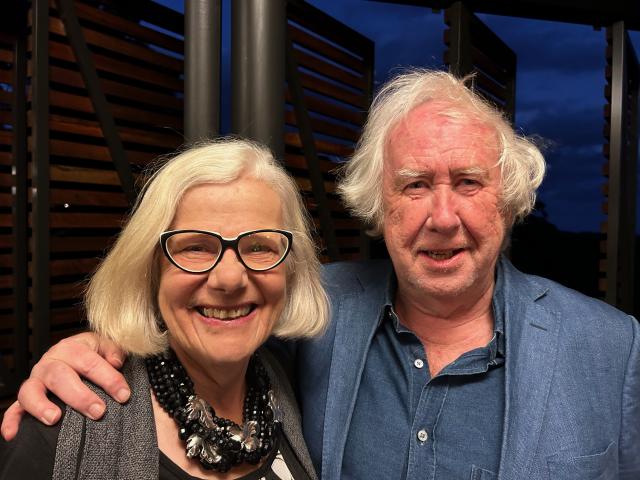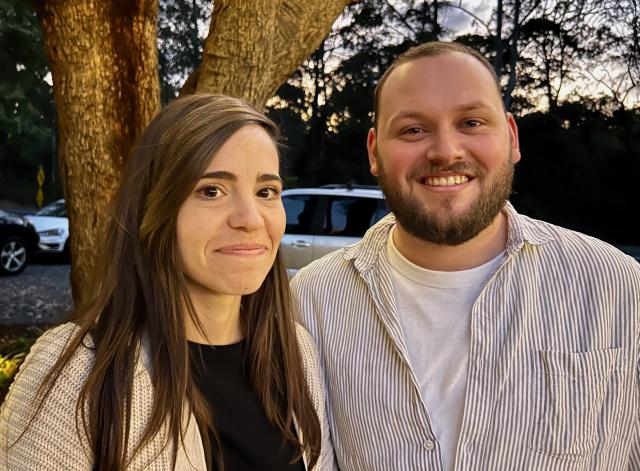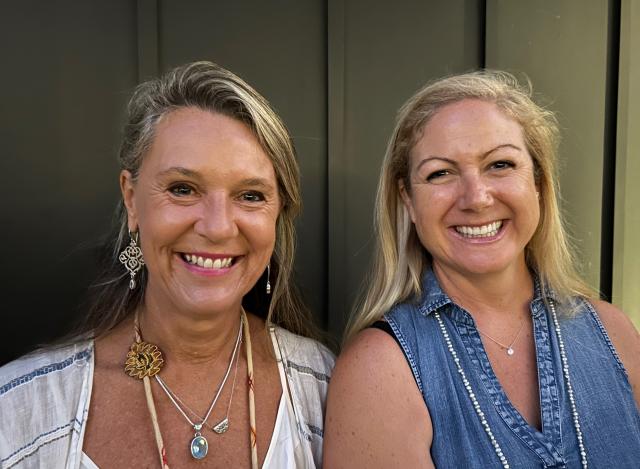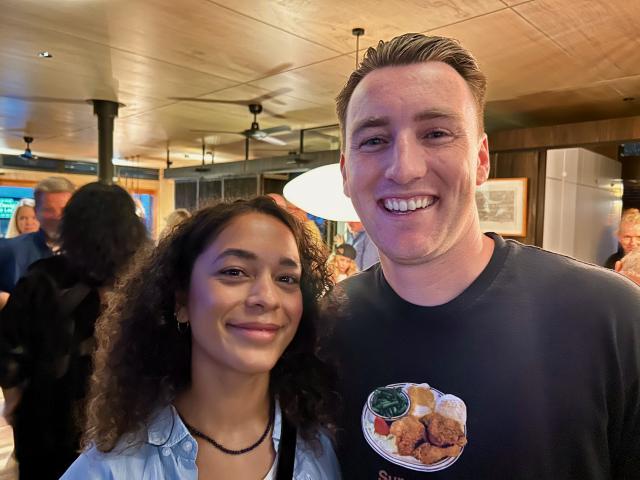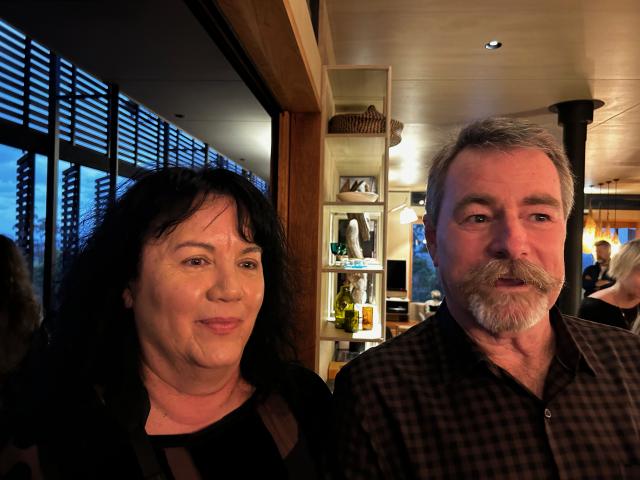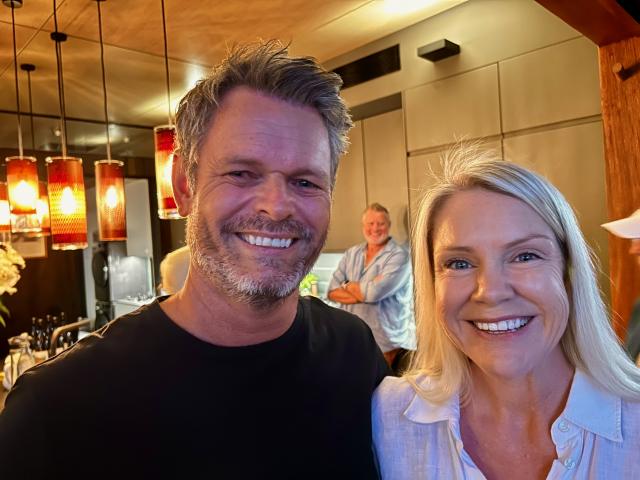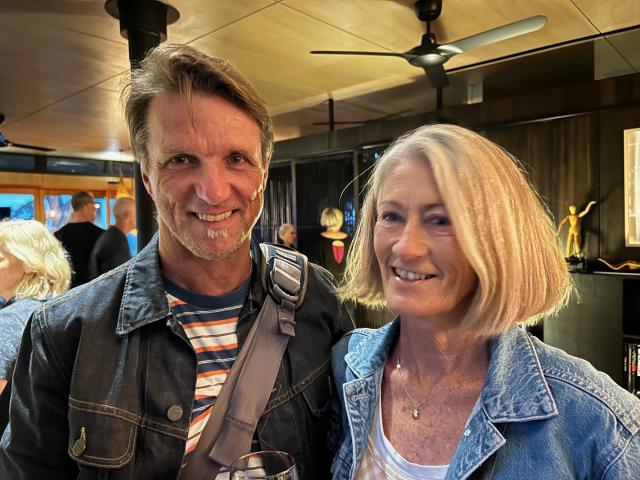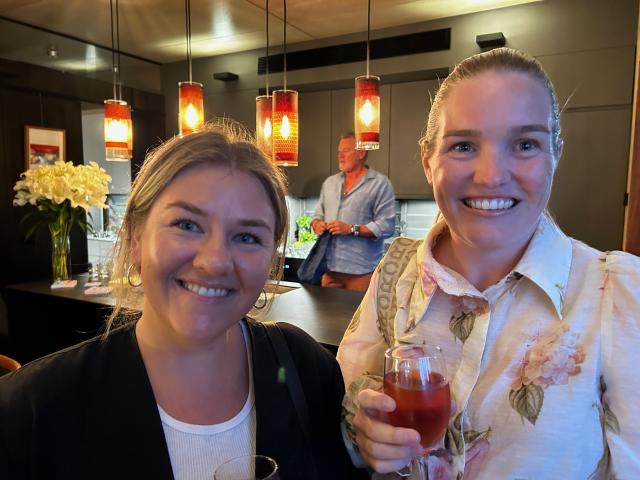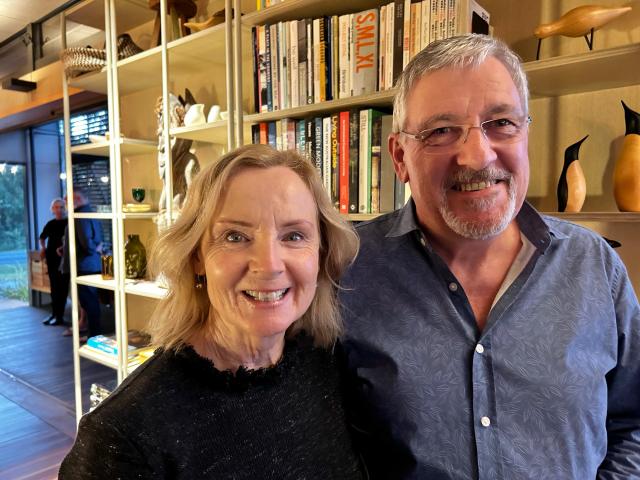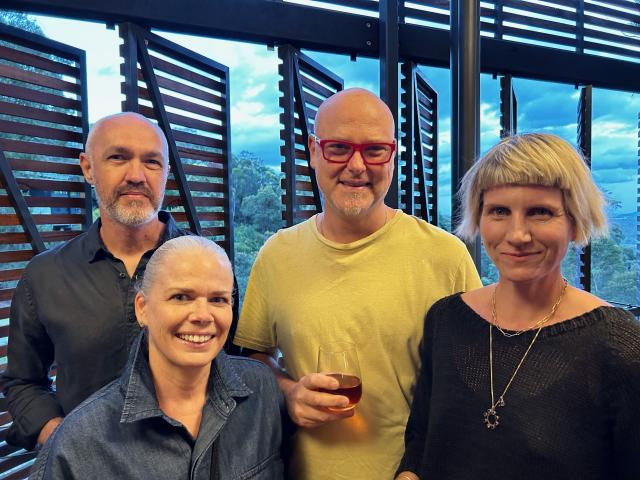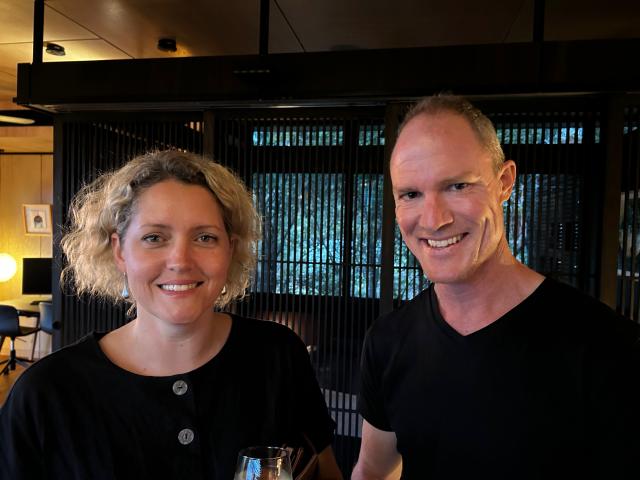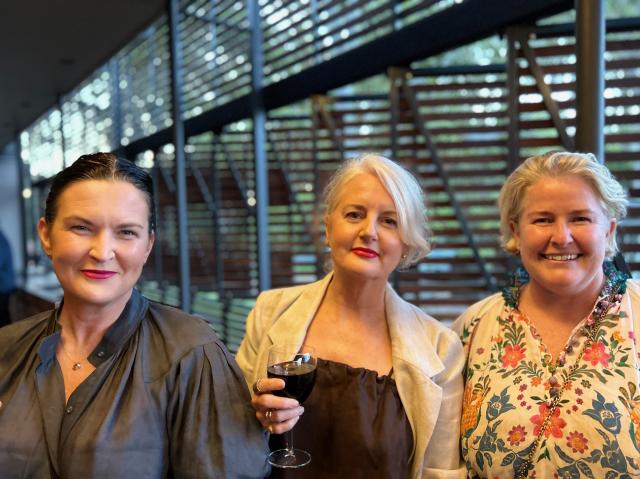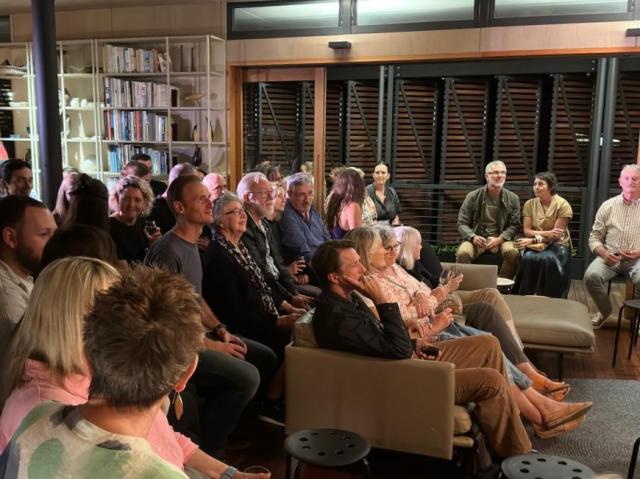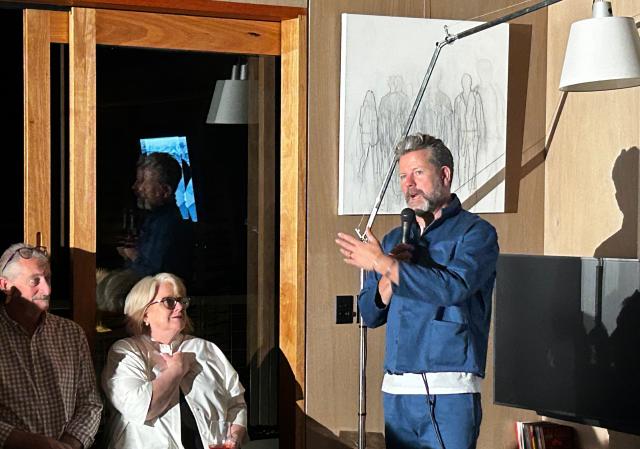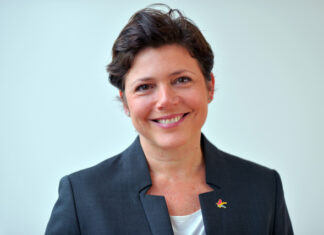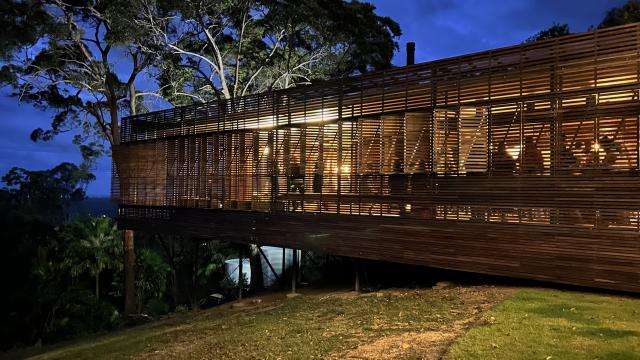
What we build tells the story of us. But what we value, and fight to save, determines who we are.
He may be best known for his work on TV and radio, but comedian Tim Ross has also always had a passion for architecture and design.
On Friday he played to a full house at Noosa as part of the Sunshine Coast Open House program.
The program, held in more than 50 cities around the world, is to inspire and highlight the value of good design.
At the Art Room by Bark Design Architects in the Noosa hinterland, the presenter of the ABC-TV documentary series Streets of Your Town discussed why architecture matters.
Designing A Legacy took a whimsical, nostalgic, humorous and emotional look at Australian families whose lives have been shaped within the walls of modern masterpieces and posed the question: “What will happen to these legacy homes?’’
It also asked questions about the sense of community within Australian neighbourhoods in the present day – whether homes are being designed to be more inward-looking in their design instead of being open to the streetscape.
Tim grew up in the bayside suburbs of Melbourne and that has been the basis of his interest in architecture … almost a naive inquisitiveness that has seen people share their stories. Not just about the houses but about the people, about their life stories and how they have either been shaped by the homes or they have shaped the buildings.
He said Queensland still retained that sense of friendliness Australia was known for … an openness that was also prevalent in New Zealand.
It was important to reconnect with the Australian landscape. Even if you put concrete over country, the stories remain.
Enjoy the intimate discussions such as this – share the stories of people and their houses.
“What we’re talking about is stories … not just of the buildings but of the people in them and the people who have gone before them.’’
While filming at artist Arthur Boyd‘s property Bundanon, on the New South Wales south coast, Tim found footage of the artist speaking about his connection to landscape.
It was one thing to love the bush, Boyd said, but it was another thing to understand it.
And that required knowing the full story, not just the past 200 years.
Today, housing affordability is a complex issue, Tim said. There is a lot of land-banking going on which means it has become a matter of money.
He pointed to communal or cooperative living as possible answers, such as the Michael Dysart-designed housing in Canberra in the 1970s.
Money was put straight into the community, not developers. Houses were established with a parkland and walkway as the internal spine and all the cars on the perimeter.
The Nightingale village in Melbourne is a not-for-profit organisation with studio apartments set up to share such facilities as rooftop gardens, laundries, bike storage, roof-top solar and water harvesting.
He paid tribute to Jack Mundey and the building unions in supporting resident action groups who were trying to save public housing and parkland in Sydney’s inner suburbs .
Tim left a note when Mundey died, a tribute to the legacy he had left.
It was a “thank you’’ for the way in which he cared about the community and cared about the city.
That was the key to Tim’s message. To leave a legacy, one that will last, and one that you will be proud proud to say: “I have walked this way.’’
A PERSONAL INTERPRETATION: Melissa Innes
Architecture. It’s not a consideration that those outside of design, construction, or planning disciplines often consider. That is, until a remarkable piece of work is brought to life and catches our attention on so many different levels, and always from many different perspectives.
Perhaps this niche-like nature of architecture is the reason such an intimate and unique setting was possible for a presentation by Tim Ross as part of Sunshine Coast Open House event.
Tim’s reflections caught me by surprise. I think I had expected to hear about the challenges of architectural design in an increasingly populous society. What I was confronted with was a delightful collection of Tim’s childhood memories, along with poignant architectural experiences he has encountered over his more recent inquisitive architectural career.
His presentation was a stark reminder for me, of yet another aspect in our lives that has changed so dramatically as a result of the rapidly progressive society we find ourselves living and working in.
Tim talked of the changing design of homes in response to increasing populations and budget-conscious consumers – he mentioned the term cookie-cutter homes.
This term struck a nerve with me as I considered my own home, and how, in my own determination as a young first-home buyer to live out the Australian dream of owning a home, I willingly invested in one of these cookie-cutter models.
But alongside this harsh reality, I was dramatically inspired by the architectural prowess and attractive design qualities of the Art Room home that Bark Design Architects had created, and in which Tim delivered his presentation.
It encouraged me to reflect on the joy that simple design decisions can bring to one’s living environment, both for self, and for others.
The setting for Tim‘s presentation enabled attendees to dream that they too could influence and embrace simple and cost-effective design elements that can change our living environment for the better.
This is something that resonated with me in Tim’s reflections. Although he has a distinct talent when it comes to delivering important messages with an element of humour, I came away knowing that actually – Tim’s own journey has inspired a deep reflective movement in his life – which he now thankfully, and willingly, shares with others. His messages were simple and founded in many of the basic human elements of life on Earth.
Messages about embracing important opportunities of connection – whether it be the design of an ’80s back yard incorporating fond memories of early swimming pool days; or cherishing the touch of a loved one’s hand whilst the opportunity remains.
Tim’s speech highlighted the missed opportunities we can have in this life, if we are in too much of a hurry or too self-focused to consider the importance of sustainability, creativity, and connection in what we do.
OPEN HOUSE IN NOOSA
Hosted by the Sunshine Coast chapter of the Australian Institute of Architects, the Open House program will see a selection of houses and buildings open on the weekend of October 21-22.
However, there will also be a number of events in the lead-up: A Cooroy Precinct Tour with architect Shaun Walsh on Saturday, 21 October; and Urban Sketching with Peter Richards at Cooran on Sunday, 22 October.
Events are ticketed or may require booking.
Explore the Sunshine Coast list of events and buildings at SunshineCoastOpenHouse.com.au

